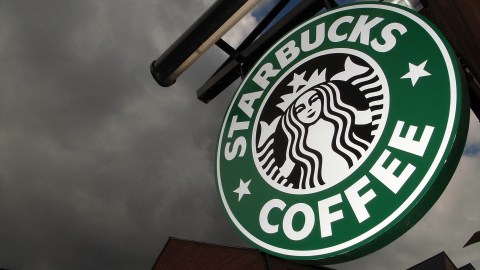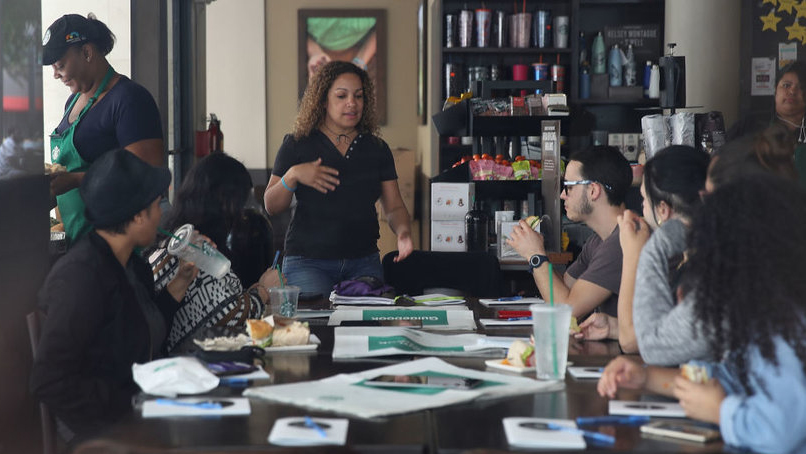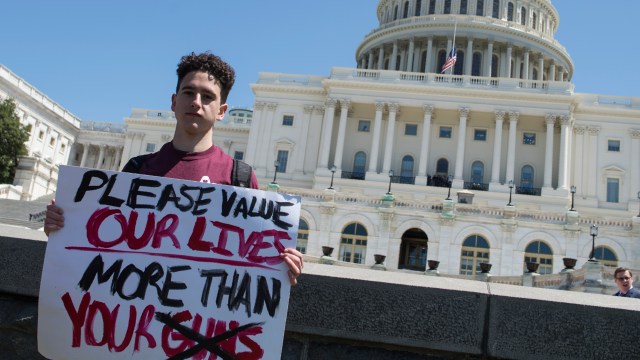Here’s what you can—and can’t—do under Starbucks’ new policies

Starbucks closed more than 8,000 of its stores Tuesday afternoon so an estimated 175,000 employees could undergo racial bias training.
The move is a response to a widely publicized incident in April in which a Starbucks manager in Philadelphia called police after two black men sat in the store and tried to use a bathroom without having purchased anything. Today’s training could cost the company $12 million in lost profits, according to some estimates.
“We want our stores to be the third place [between home and work], a warm and welcoming environment where customers can gather and connect,” the company wrote in a statement. “Any customer is welcome to use Starbucks spaces, including our restrooms, cafes and patios, regardless of whether they make a purchase.”
What can’t you do? Activities like napping, smoking, watching porn, drinking, panhandling, solicitation, and unhygienic acts like cutting fingernails are all prohibited under Starbucks policy. Also, employees are still encouraged to call police if they witness a drug deal or if a situation poses danger to customers or employees.
It’s unclear how the policy changes will play out, particularly between Starbucks and the homeless. In 2016, some stores in Los Angeles closed their bathrooms entirely, even to paying customers, in response to large numbers of homeless people using company facilities.

Photo by Jack Taylor/Getty Images
Starbucks CEO Howard Schultz said the company is now trying to balance progressive values with an effective business model.
“We don’t want to become a public shelter. We don’t want to become a public bathroom, but in the same context, we want to lead the company and manage the company through the lens of humanity,” he said. “That’s a very delicate balance.”
It’s unclear exactly what the company’s several-hour racial bias training session entails because media weren’t allowed to spectate. An open letter published on the company website says the training will include “sharing life experiences, hearing from others, listening to experts, reflecting on the realities of bias in our society and talking about how all of us create public spaces where everyone feels like they belong—because they do. This conversation will continue at our company and become part of how we train all of our partners.”
Research on mandatory racial bias training shows mixed results. Some studies even suggest mandatory training can be counterproductive, as the Harvard Business Review reported:
“Trainers tell us that people often respond to compulsory courses with anger and resistance—and many participants actually report more animosity toward other groups afterward.”
Still, some racial bias training does seem to work, particularly approaches that frame biases as bad habits that can be overcome with practice. However, whether Starbucks employees, or anyone for that matter, can break those habits over an afternoon is an open question, though Starbucks notes that the “conversation will continue at our company and become part of how we train all of our partners.”
“Discussing racism and discrimination is not easy, and various people have helped us create a learning experience that we hope will be educational, participatory and make us a better company,” the company’s open letter reads. “We want this to be an open and honest conversation starting with our partners. We will also make the curriculum available to the public.”





